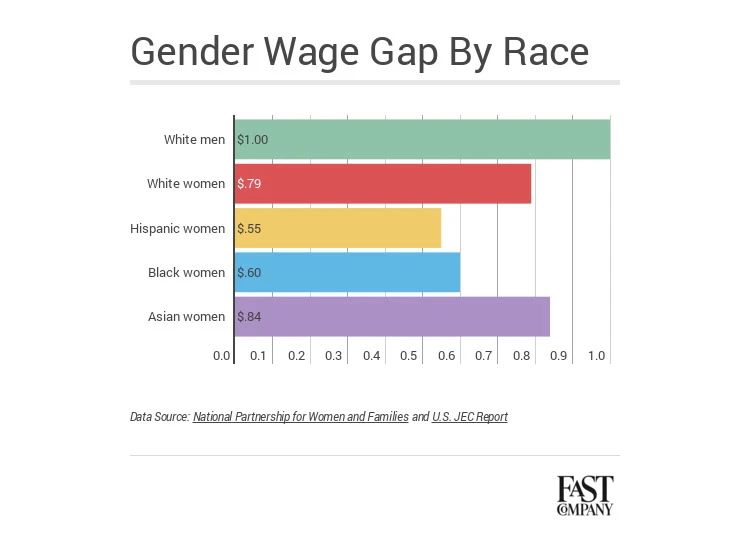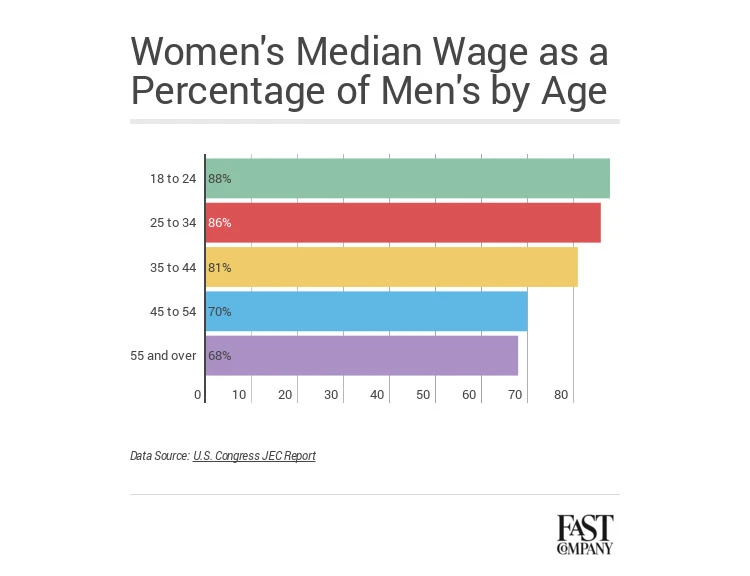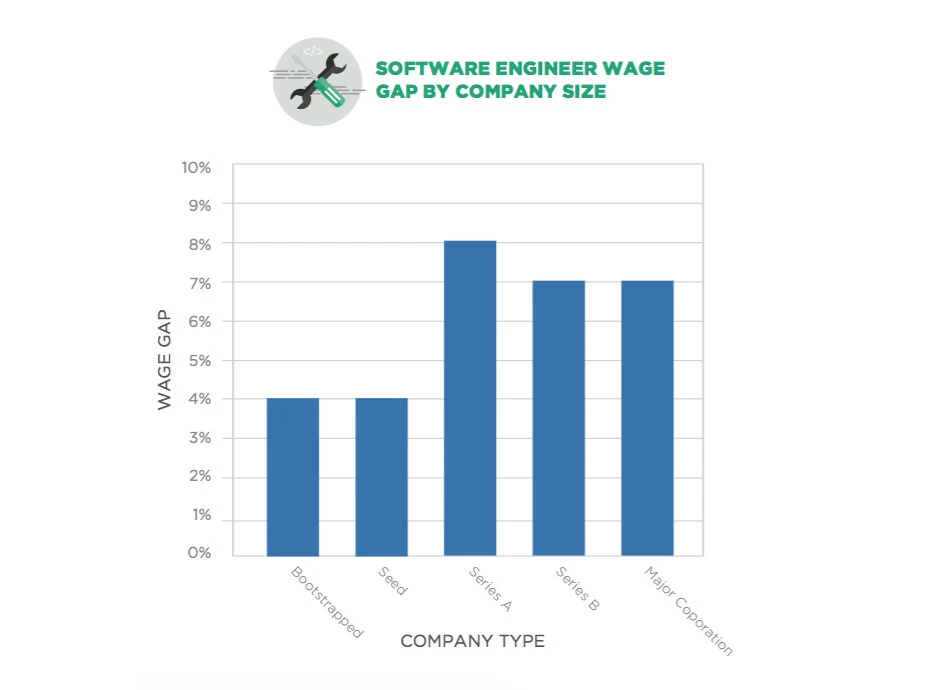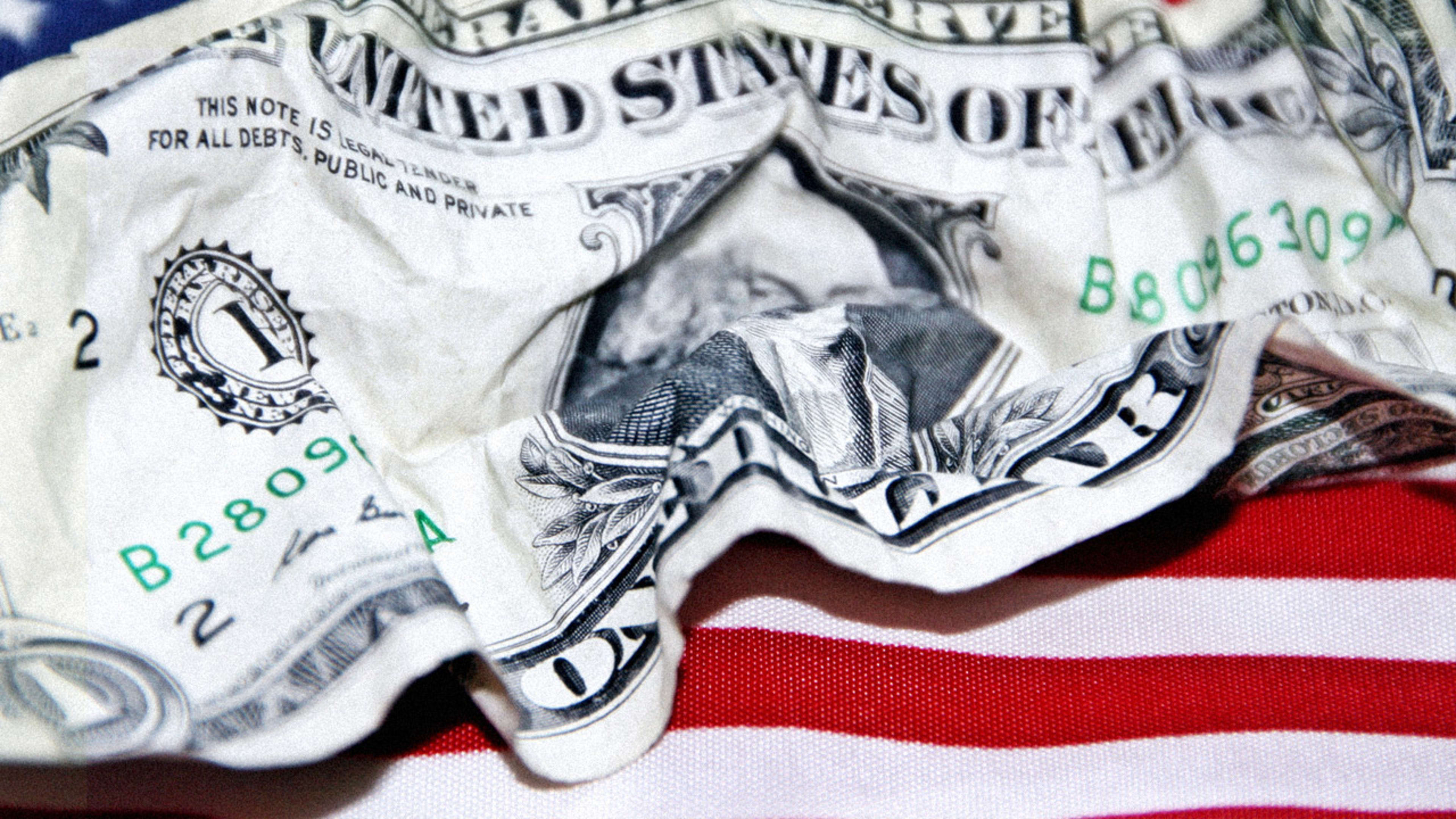Today is Equal Pay Day. That’s the approximate day in the year where the average woman working full time gets to catch up to the salary of her male counterpart (or about 79¢ for every one of his dollars).
Although the earnings gap has closed substantially since the 1960s, a new report from U.S. Congress Joint Economic Committee (JEC) indicates that at the current rate of change, the gender pay gap will not close until 2059. Until it does, women on average earn about $10,800 less per year than men, based on median annual earnings. This adds up to nearly a half million dollars over a career.
But it’s not fair, nor is it accurate, to hang on to that 79¢ as the ultimate indicator of the wage gap. It’s much more complex than that.
That’s because averages don’t always show us the full picture. For example, the numbers change based on race and ethnicity. The National Partnership for Women and Families found that African-American and Hispanic women have an even more significant gender-based wage gap, not just when measured against men, but also compared to white women.

Age is also a factor. As women get older, they make even less than men of the same age, according to the JEC report.
Andrew Chamberlain, Glassdoor’s chief economist, points out that in the company’s most recent study, the sorting of men and women into jobs and industries that pay differently throughout the economy explains 54% of the overall or “unadjusted” pay gap—by far the largest factor. “Census figures show women make up only 26% of highly paid chief executives but 71% of low-paid cashiers,” he says. “By contrast, differences in education and experience between men and women explain only a small part of the pay gap.”

Adjusting for those factors changes the picture pretty radically. Glassdoor’s data analysis was taken from the millions of salaries shared anonymously online by employees and former employees in its platform. Chamberlain says that the initial analysis revealed that unadjusted data accounted for a 24.1% gap in earnings between men and women or 75.9 cents for every dollar earned by a man. But, Chamberlain observes, “It persists even after comparing men and women with the same job title, at the same company, and with similar education and experience.” Those adjustments still show a 5.4% pay advantage for men and women earning 94.6¢.
Here’s what Glassdoor found drilling down by industry: Computer programmers, chefs, and dentists have the highest gender wage gaps while the “reverse” gap is present in female-dominated occupations like social work.

Part of the reasons for these disparities is revealed in the newest study from Hired, which mined its recruiting platform for more than 100,000 job offers across 15,000 candidates and 3,000 companies.
Based on that, Hired found that on average, companies were offering women between 3% and 30% less than men for the same roles. Hired’s lead product data scientist Jessica Kirkpatrick writes, “Our data—which spans technology, sales, and marketing roles—shows that 69% of the time, men receive higher salary offers than women for the same job title at the same company.”
Hired broke this out for the highly coveted role of software engineer and found that part of the reason for the gender wage gap could be due to the size of the company. “Smaller companies have more institutional transparency into the salaries of everyone on the team, which can ultimately negate possible gender pay disparities.” she says.

Kirkpatrick found that one reason for the persistence of wage inequality is an expectation gap. Overall, she says, Hired’s data shows that the average woman on the platform sets her expected salary at $14,000 less per year than the average man on the platform. “When we break the expectation gap down by role—comparing women and men in the same job category—we found that as the ratio of men to women in the role increases, so does the gap,” she writes. The more experience the candidate has, the wider the gap, she says.
There is hope according to Kirkpatrick. “Women with under two years of experience are asking for an average 2% more compensation than men,” she says, “And, notably, they’re getting what they’re asking for: Final salaries for junior women hired on our platform are 7% higher than junior men.” This she attributes to a combination of increased confidence and having been raised in an era with less emphasis on traditional gender roles.
Recognize your brand’s excellence by applying to this year’s Brands That Matter Awards before the early-rate deadline, May 3.
